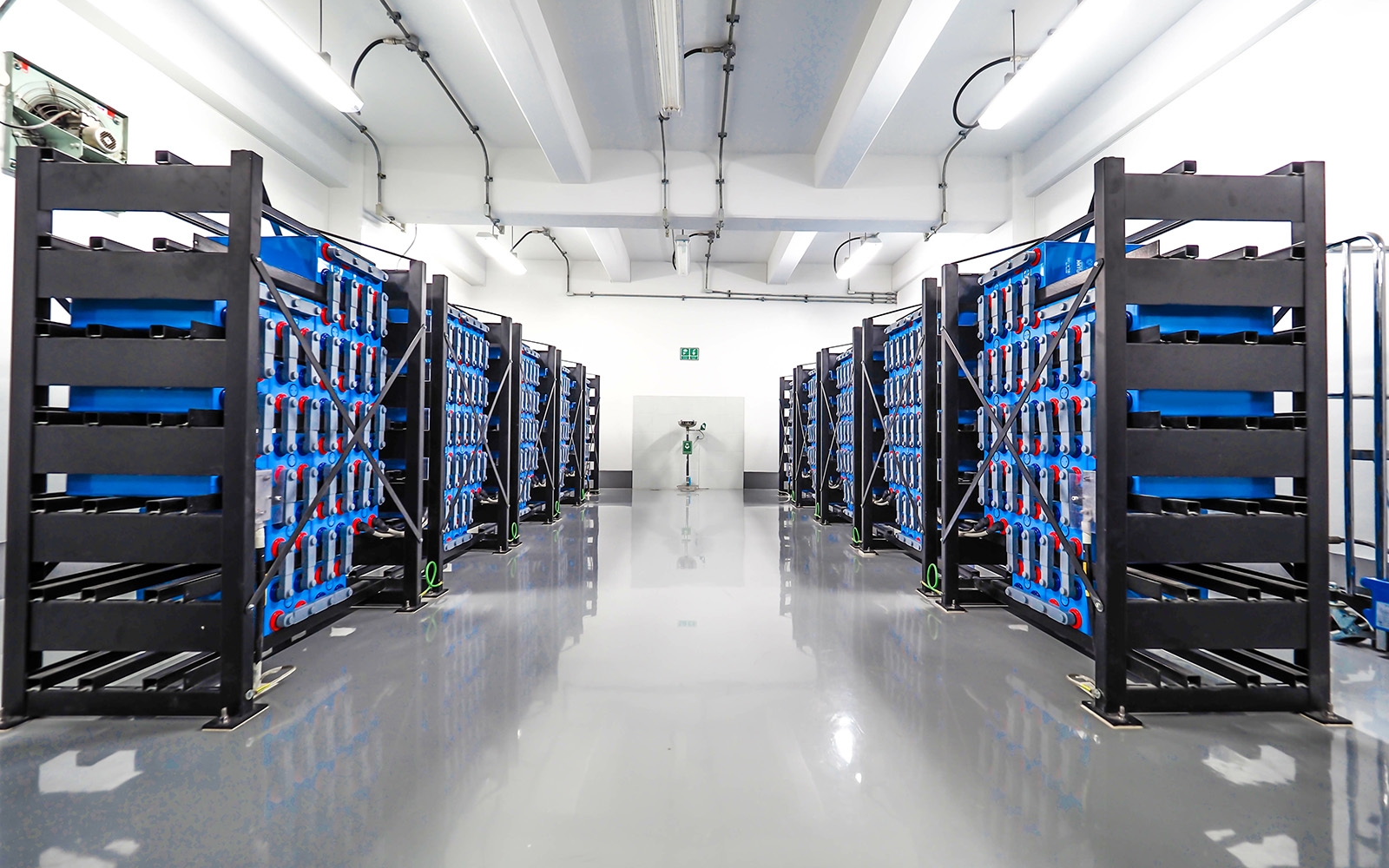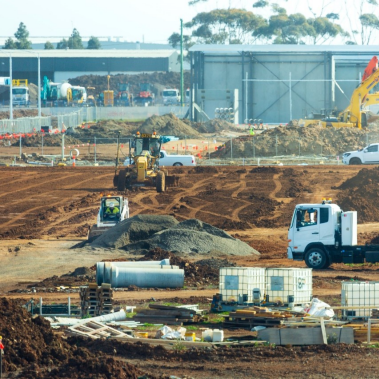The huge global demand for mobile devices, electric vehicles, and all kinds of technological gadgets, has led to a growing need for lithium-ion batteries (Li-ion). Li-ion batteries are the fastest growing rechargeable battery segment; it is estimated that global output is set to increase from just below 200GWh in 2019 to between 1,100GWh and 2,000GWh by 2030.
The availability of sufficient insurance will be key to delivering projects on time and on budget as well as ensuring that new start-up companies are able to raise the capital they need. How should construction companies risk manage their projects? And what other measures should they take to obtain the cost-effective construction insurance needed to help optimize a project’s bankability?
In this brief document, Marsh construction specialists provide a high-level overview of the key project risks and insurance issues for companies within this construction segment, covering:
- Fire and explosion. Fire is the main concern for insurers of battery factories. There is a perception that fire protection standards and solutions have not kept up with the pace of Li-ion battery manufacturing technology. As such, insurers still view Li-ion fire potential as one of the most significant risk factors to consider when underwriting battery factory projects.
- Defects and machinery breakdown. For the construction of any process-driven industrial project, insurers will prefer developers to rely on the guarantees and warranties issued by the suppliers and manufacturers. Given the potential for damage during testing and commissioning and initial operations, it is important to consider the level of cover against such warranties, thus ensuring no specific gaps in cover in the event of a major loss.
- Proto-typicality. Insurers are paying careful attention to the process methodology involved in Li-ion manufacturing and considering if any element can be deemed to be prototypical in any way. Insurers will generally not insure prototypical risks and will require that any process has (or will in the near future) have, a proven reference plant, or that any “first of a kind plants” are simply scale-ups or alternative arrangement of existing technology.
- Delay risk. In the current construction insurance marketplace, there is likely to be little appetite to insure the full revenue consequences of a delay, and developers should consider this potential in their project financial model. Concerns are exacerbated as battery manufacturing operations move to high-throughput continuous process with large single machines. The trend toward new technology and larger factories to take advantage of economies of scale can also lead to increased vulnerability to high delay losses due to the scale and unique long-lead replacement times for key equipment.
- Third party and environmental liability. Accidents affecting Li-ion battery factories can also have a major impact on the properties or health of third parties. Insurers therefore need to fully understand emergency procedures to ascertain how well any potential effect on the surrounding environment will be contained and controlled.
- The impact of lenders and operational insurance considerations. Many companies utilize project finance and as such need to comply with the requirements finally agreed with lenders. Aside from the usual lender requirements, the borrower needs to be conscious of the required commitment of operational insurances, which must be maintained throughout the period of their loan agreement. Given that these commitments will commonly involve the procurement of product recall and liability insurance—a historically difficult market for Li-ion producers—the borrower and their broker should carefully consider what they commit to lenders. They will also need to be cognizant of the lenders’ resultant perception of the operational manufacturing facility risk profile.
This technical paper was first published by Marsh.




